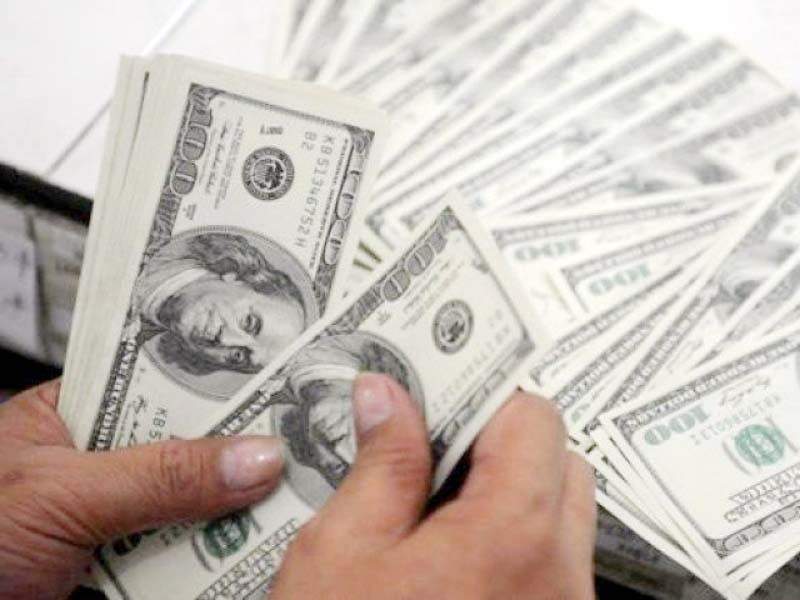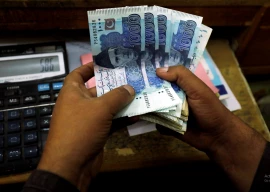
Pakistan let foreign companies working in the country repatriate profits and dividends of $2.21 billion, a six-year high, to their headquarters abroad in the prior fiscal year that ended on June 30, 2024.
With this significant outflow of profits and dividends, the entire backlog accumulated over the past two years has been cleared. According to the State Bank of Pakistan (SBP) data, the repatriation of profits and dividends spiked sevenfold in FY24 compared to a mere $331 million in the prior year on the back of an unannounced ban on sending money abroad due to the thin foreign exchange reserves.
Speaking at a press conference on Monday, SBP Governor Jameel Ahmad announced that the central bank had in recent months allowed foreign companies to freely take their earned profit and dividend to their home country abroad after the supply of US dollars surged in the inter-bank market.
“The central bank has cleared the entire backlog (to date). At present, no bank operating in Pakistan has any pending application from foreign companies for dispatching profits and dividends,” he said.
“Foreign investors had been expressing grave concern over the repatriation with a time lag…over the past two years,” Ahmad said. The SBP governor stressed that had the bank not cleared the backlog of repatriation, the current account balance would have been in surplus in FY24 instead of a deficit of $700 million. However, the removal of backlog was a priority of the bank.
Banks let multinational companies (MNCs) dispatch a heavy amount of around $1.5 billion in the last two months (May-June) of FY24, an amount that had been the average full-year repatriation in recent years, it has been learnt. The central bank had about two years ago placed an unannounced moratorium on the repatriation of profits by foreign companies before the foreign exchange reserves dipped below $3 billion. The restriction along with government control over imports helped the country avert the risk of default on foreign debt repayment around June 2023.
Pakistan got a lifeline of $3 billion from the International Monetary Fund (IMF) in late June, which, along with other bilateral inflows and structural reforms in currency markets, helped build the foreign exchange reserves to over $8 billion by July 2024. The government crackdown on foreign currency smugglers to prevent the outflow of US dollars to Afghanistan and other neighbouring countries, the destruction of illicit markets in border areas and the illegal Hawala-Hundi network supported inflows of heavy workers’ remittances through official channels.
With the surge in remittances in the second half (January-June) of FY24, particularly due to two Eid festivals, the total inflows surged 11% to $30.25 billion in FY24 compared to FY23.
Besides, a similar growth in export earnings of around 11.5% to over $30 billion in the previous fiscal year increased the supply of foreign currency to local markets. This surge prompted the central bank to permit MNCs to take profits and dividends to their headquarters overseas.
At the same time, the central bank bought surplus supply of the greenback from the local currency markets to replenish its reserves, which now stand above $9 billion.
SBP Governor Jameel Ahmad projected that the reserves would grow $4 billion to $13 billion in the current fiscal year despite unrestricted imports and repatriation.
Pakistan is all set to get the IMF executive board’s approval for a new $7 billion loan programme by the end of August. Also, Fitch Ratings has upgraded the country’s rating for the second time in one year to “CCC+” in the backdrop of a potential acceleration in foreign currency inflows.



















COMMENTS
Comments are moderated and generally will be posted if they are on-topic and not abusive.
For more information, please see our Comments FAQ